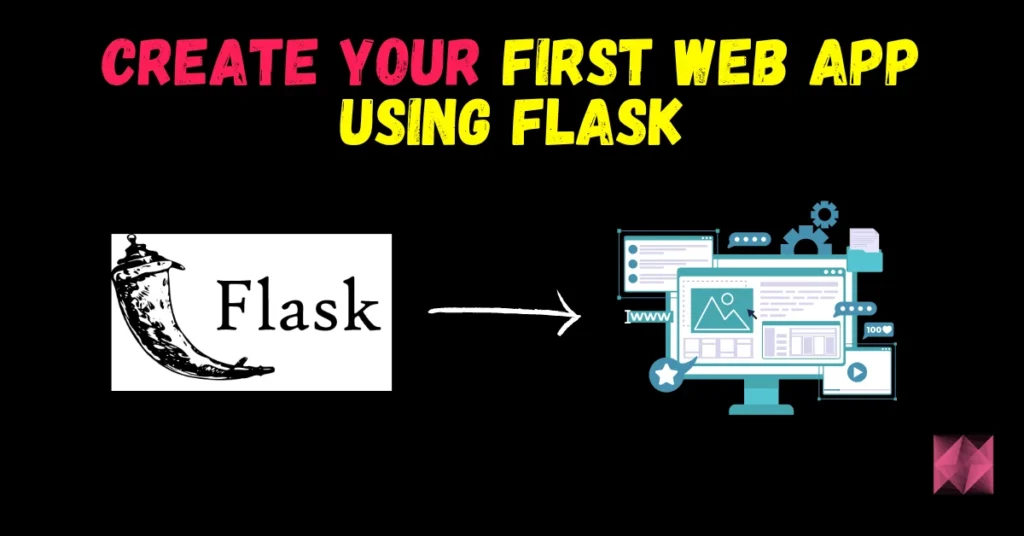In today’s blog, we will see some very interesting Data Science projects for beginners in Python. This list will consist of Data Science projects, Machine learning projects, Deep Learning Projects, Computer Vision Projects, and all other types of interesting projects with source codes also provided.
Though textbooks and other study materials will provide you with all the knowledge that you need to know about any technology but you can’t really master that technology until and unless you work on some real-time projects.
In this tutorial, you will find 30+ Data Science projects for beginners in Python for beginners, intermediates, and experts to gain real-world experience of this growing technology, Let’s do it…
Data Science projects for beginners in Python
1. Pedestrian Detection using HOGs
In this project, we will perform pedestrian detection using HOG short for Histogram for Gradients. HOGs are great feature detectors and can also be used for object detection with SVM but due to many other State of the Art object detection algorithms like YOLO, SSD, present out there, we don’t use HOGs much for object detection.
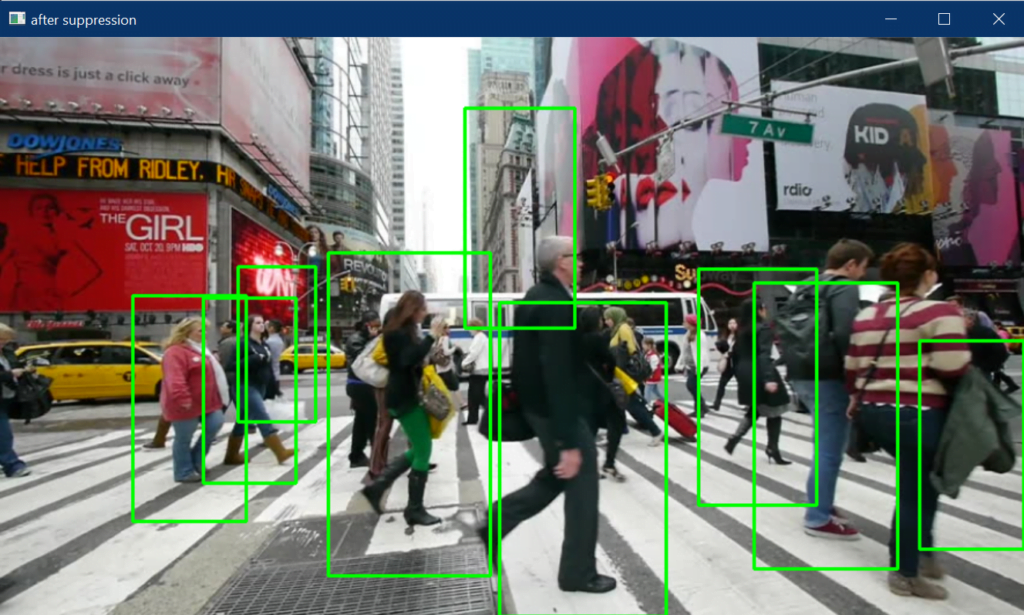
2. Face Recognition-based Attendance System
As the name says this project takes attendance using biometrics (in this case face) and is one of the most famous projects among college students out there.
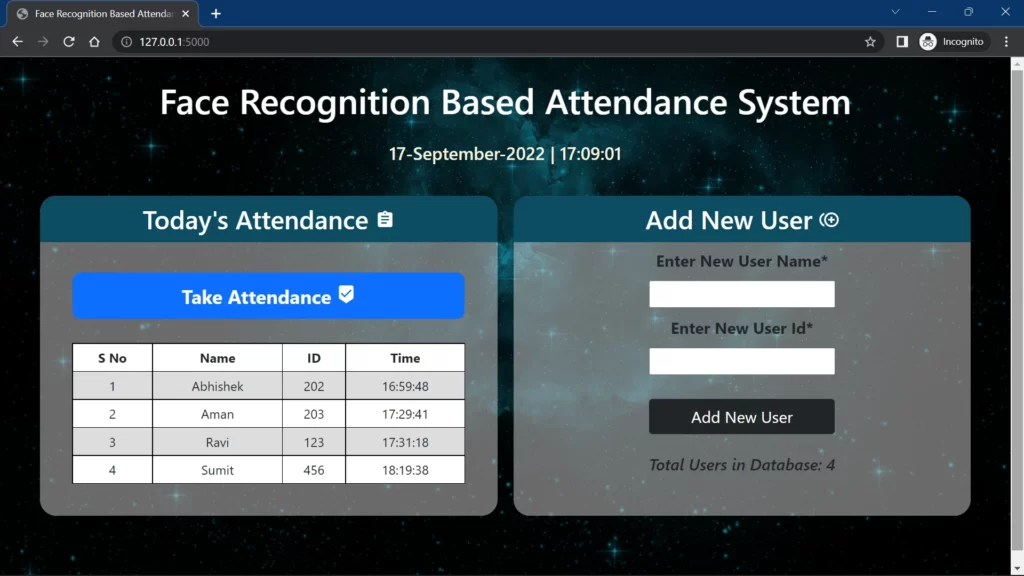
3. Weight Category prediction using Random Forest
In this project, I performed the weight category prediction of a person given height, weight, and gender with the help of the Random Forest algorithm.
4. IPL Score Prediction with Flask app
In this project, I built an IPL Score Prediction model using Ridge Regression which is just an upgraded form of Linear Regression. We have the IPL data from 2008 to 2017. We will also be building a beautiful-looking interactive Flask model.
5. Flight Price Prediction with Flask app
So guys this is yet another one of the most favorite projects of mine. In this blog, I implemented a Flight Price Prediction model using different techniques and also I performed very frequent data visualizations to better understand our data.

6. House Price Prediction – USA Housing Data
House Price Prediction Project proves to be the Hello World of the Machine Learning world. It is a very easy project which simply uses Linear Regression to predict house prices. This is going to be a very short project.
7. Stock Sentiment Analysis using headlines
In this project, we will see how we can perform stock sentiment analysis using the headlines of a newspaper. We will predict if the stock market will go up or down. This is a simple but very interesting project due to its prediction power.
8. Most dominant colors in an image using KMeans clustering
In this blog, we will find the most dominant colors in an image using the KMeans clustering algorithm, this is a very interesting project and personally one of my favorites because of its simplicity and power.

9. Wine Quality Prediction
In this blog, we will build a simple Wine Quality Prediction model using the Random Forest algorithm.
10. Face and eye detection using Haarcascades
A simple project in which we will see how we can perform face and eye detection in cv2 using Haarcascades. This is going to be a very easy and fun project. Remember it’s only detection and not recognition.

11. Bank Note Authentication using Random Forest
In this blog, we will see how we can perform Bank Note Authentication or how we can classify Bank Notes into fake or authentic classes based on numeric features like variance, skewness, kurtosis, and entropy.
12. Movie Recommendation System
Basically, I have performed Movie Recommendation System using two different ways. In the 1st way, we will use a user-movie matrix to find similarities.

The simple intuition of this 2nd way is that we will be combining the main features like the cast, director, genres, etc., and observe similarities between them because most of the time similar directors make similar movies, similar casts like to perform in some similar specific types of movies.
13. Credit Card Fraud Detection
In this blog, we will be building a Credit Card Fraud Detection model which will be very simple and easy to understand. This is a very basic machine learning project which students basically do in their starting phase of the data science journey.
14. Spam Detection using Count Vectorizer
In this blog, we will see how we can perform Spam detection in the simplest way possible with the help of a Count Vectorizer and Multinomial Naive Bayes algorithm.
15. House Tax Prediction using Random Forest – Boston Housing Data
We will use the Random Forest algorithm to predict house tax. This is a simple project. I have used Boston Housing Data for this use case.
16. MNIST Handwritten number recognition using Keras – with live predictor
When starting with Machine Learning, MNIST Handwritten number recognition comes as the first project in everyone’s mind because of its simplicity, abundant data, and magical results. It can also be thought of as the ‘Hello World of ML world. So, In this blog, we will see how to implement it.
You might be thinking, everyone has made a tutorial on it, so what’s special in this one. The special thing in my project is that I have also made a live interactive predictor at the end, where you will draw the number and our trained model will predict it.
17. Cats and Dogs Classifier
In this blog, we will be building a Cats and Dogs Classifier using Convolutional Neural Networks. We have custom-made the architecture for this project. Here we have basically used 3 sets of Conv2D – BatchNormalization – Maxpooling – Dropout layers.
18. How to detect shapes using cv2
In this blog, we will see how we can detect shapes using cv2 in an image using contours and moments.
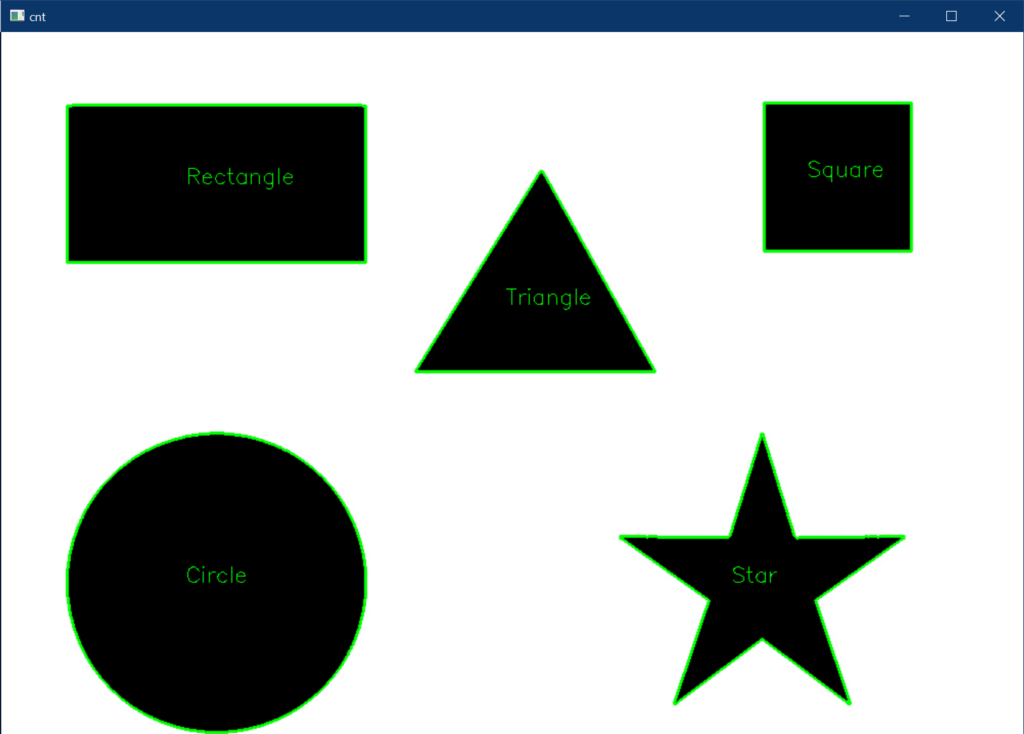
19. Document Scanner using OpenCV
So guys, in this blog we will see how we can build a very simple yet powerful Document scanner using OpenCV. This is one of my favorite projects because of its simplicity and its power. So without any further due.

20. Face Landmarks Detection using dlib
In this blog, we will implement the Face Landmarks Detection project using the dlib library. We will perform both the 68-point and 5-point detections.

21. Make your Sketch using OpenCV in Python
In this very short blog, we will see how we can make our sketch using OpenCV in the simplest way possible. This is going to be a very fun project for beginners.
22. How to perform Face Recognition using KNN
In this blog, we will see how we can perform Face Recognition using KNN (K-Nearest Neighbors Algorithm) and Haar cascades. Haar cascades are very fast as compared to other ways of detecting faces (like MTCNN) but with an accuracy tradeoff. Its accuracy is a bit less when compared with these big boys like MTCNNs.
23. Immortal Snake game in Python using OpenCV
I have done plenty of projects to date in almost every domain of Data Science, from ML, DL, and Computer Vision to NLP, but this immortal snake game in Python is still one of my favorite projects because of its simplicity and user interaction. You will be totally amazed after watching the results in just around 100 lines of code.
24. How to find the most dominant colors in an image
In this blog, we will find the most dominant colors in an image using the KMeans clustering algorithm, this is a very interesting project and personally one of my favorites because of its simplicity and power.
25. How to perform 5 most famous types of thresholding techniques
A simple blog in which we will be performing the 5 most famous types of thresholding techniques. These 5 techniques are THRESH_BINARY, THRESH_BINARY_INV, THRESH_TOZERO, THRESH_TOZERO_INV, and THRESH_TRUNC
26. Harry’s Invisibility Cloak – less than 50 lines of code
So guys, one of the most awaited blogs is here. Today we are going to code Harry’s Invisibility Cloak in less than 50 lines of code and you will be totally amazed after watching the results. Yeah Yeah, I know you can’t control your emotions.
27. How to split and merge channels in cv2
This blog is going to be a very simple and short blog where we will see how we can input an image and split and merge channels in cv2.
28. Rotating and Scaling Images in cv2 – a fun application in Python
In this blog, we are gonna make a very fun application in Python in which we will be Rotating and Scaling Images in cv2. This is going to be a very simple and interesting project.
29. How to use mouse clicks to draw circles in Python
In this very short blog, we will see how we can use mouse clicks to draw circles in Python using OpenCV.
30. Blurrings in cv2 – Simple Blur, Box Blur, Gaussian Blur, and Median Blur
In this blog, we will see how to perform the most famous 4 types of Blurrings in cv2 (Simple Blur, Box Blur, Gaussian Blur, and Median Blur).
31. How to repair damaged images using inpainting methods
In this blog, we will see how we can repair damaged images in Python using inpainting methods of OpenCV. This is gonna be a very fun project, So without any further due, let’s dive into it.
Image inpainting is the process of removing damage, such as noises, strokes, or text, on images. It is particularly useful in the restoration of old photographs which might have scratched edges or ink spots on them. These can be digitally removed through this method.
32. How to generate a negative image in Python using OpenCV
So, in this blog of this OpenCV series, we are going to generate a negative image. Talking about negatives, it’s a very nostalgic feeling because nowadays we are not used to seeing negatives but about 10-15 years earlier, first of all, negatives were generated and then the original images.

33. How to detect edges using Laplacian 2nd order derivative
In this blog of this OpenCV series, we are going to implement a Laplacian High Pass Filter or Laplacian 2nd order derivative for images which is a very useful image processing mostly used in defense domains (in missiles or tanks) to track down enemy tanks and trucks and destroy them.
34. How to plot a Histogram of a grayscale image in 2 ways
In this very short blog, we will see how we can plot a histogram of a grayscale image. The first way is using NumPy and the second way is using matplotlib.
35. How to denoise an Image using Median Blur
In this blog, what we will be seeing will not be something less than magic. You will be amazed after watching the power of Median Blur.
36. How to perform Morphological Operations like Erosion, Dilation, and Gradient in Python using OpenCV
So, in this blog, we will see how we can perform morphological operations like erosion, dilation, and gradient upon an image to enhance it.
Morphological transformations are some simple operations based on the image shape. It is normally performed on binary images. It needs two inputs, one is our original image, the second one is called structuring element or kernel which decides the nature of the operation. Two basic morphological operators are Erosion and Dilation. Then its variant forms like Opening, Closing, Gradient, etc also come into play.
37. How to quickly detect contours in an Image in Python using OpenCV
In this blog, we will see how we can detect contours in an image using the cv2 module. Talking about contouring it is a very useful operation when our use case involves geological terrain images or studying weather maps, etc.
Do let me know if there is any query regarding Data Science projects for beginners in Python by contacting me on email or LinkedIn.
Also do check out my other Machine Learning projects, Deep Learning projects, Computer Vision projects, Flask projects, NLP projects.
So this is all for this blog folks, thanks for reading it and I hope you are taking something with you after reading this and till the next time ?…
Topics Covered:
- Data Science projects with source code in Python
- Data Science projects for final year Github
- Data Science projects for final year with source code in Python
- Data Science projects with source code GitHub
- Data Science projects for engineering students
- Data Science projects with source code free download
- Data Science projects in Python with source code GitHub
- Data Science projects for students with source code GitHub
- Python projects with source code GitHub
- Python Data Science projects with source code
- Artificial Intelligence projects with source code in Python PDF
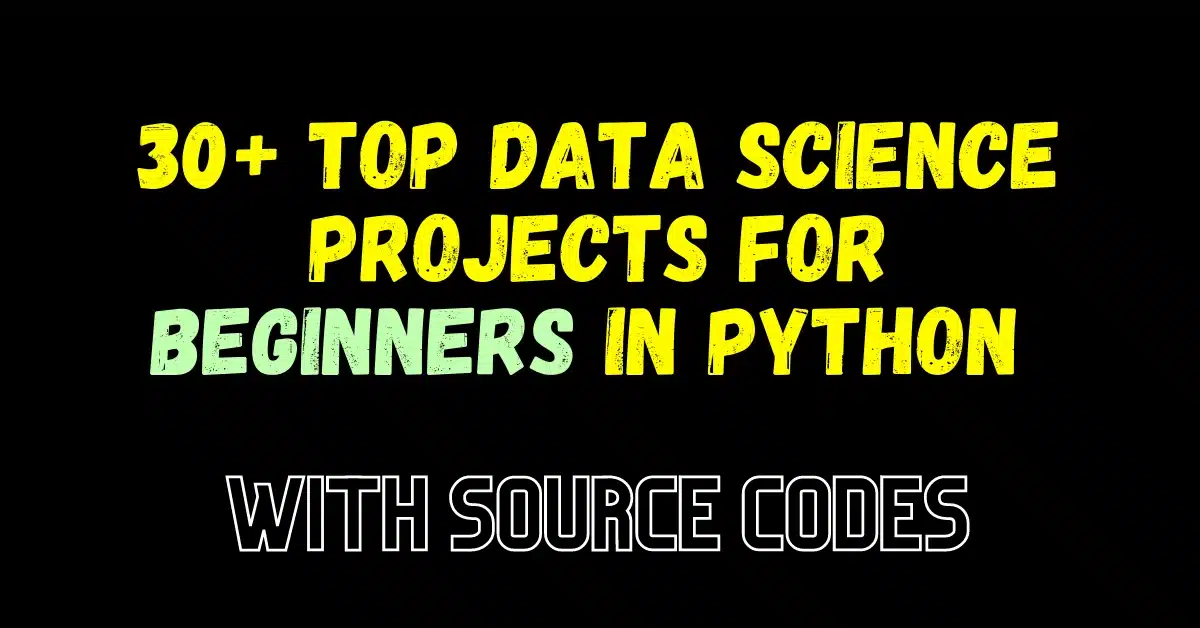


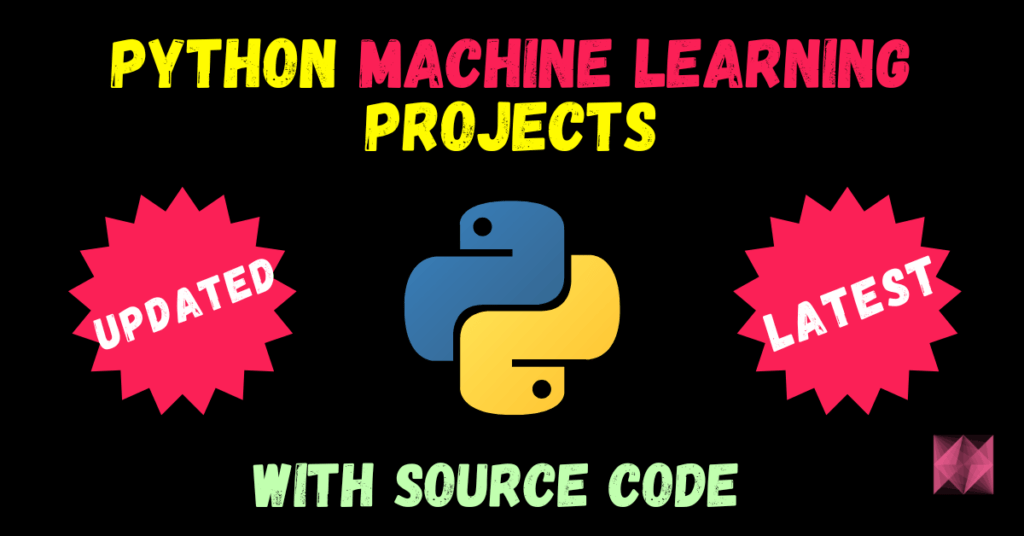

![[Latest] 15+ Best Python Mini Projects – 2025](https://machinelearningprojects.net/wp-content/uploads/2023/05/best-python-mini-projects-1024x536.webp)
